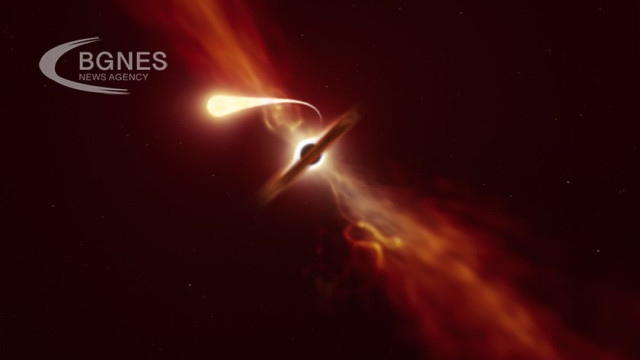If an amateur astronomer ever approaches you with a surprising discovery, you should probably listen to him. This is exactly how scientists have managed to observe what they believe is the birth of a black hole. What began as a simple observation of the stars has led to a study published in Nature that finds a direct link between a supernova explosion and the birth of a black hole.
Thanks to Berto Monard, an amateur astronomer from South Africa, the birth of a black hole was spotted about 76 million light-years away in the spiral arm of a galaxy called NGC 157. But he did not know that the bright object (now called SN 2022jli) was actually a supernova, as they are extremely difficult to predict and in turn almost impossible to study. With the help of researchers at the Weizmann Institute of Science in Israel, led by Ping Chen of the Department of Particle Physics and Astrophysics, Monard's discovery marks the first time scientists have witnessed the birth of a black hole.
There are intermediate steps between the explosion of a supernova and the birth of a black hole, and in the case of SN 2022jli, these take the form of unusual brightening and dimming oscillations. For 200 days the supernova blazed with intense brightness before fading again. This cycle occurred every 12 days, the first time such a phenomenon had been observed and documented in such great detail.
Although scientists have been able to observe these oscillations, which suggest a strong link between the death of a star and the birth of a black hole, they are still trying to understand how this is possible. The prevailing hypothesis is that a nearby companion star survived the explosion and SN 2022jli was able to steal hydrogen from its atmosphere.The process of a supernova stealing energy from a companion star is what has allowed researchers to capture the energy oscillations from such an incredibly long distance.
In other words, to go through this process, the supernova must be part of a binary system, which is a rare occurrence. Since this is the first case where we actually have visual evidence of a binary system surviving a supernova explosion, the study remains inconclusive until more data is collected. Although we're talking in theoretical terms, the evidence is hard to ignore since the entire 200-day cycle ended with what is undoubtedly the birth of a black hole.
Never before this study have scientists witnessed an actual black hole birth, and it's all thanks to an amateur astronomer looking in the right place at the right time. So the next time you're stargazing, it's always a good idea to write down the coordinates and pass along any unique findings to the researchers who have the resources to witness such a magnificent spectacle up close. As we continue our efforts to better understand our universe and how the vast celestial events are connected to one another, we remind ourselves that we can achieve the impossible if we put our heads together and work as a team. /BGNES




 24 06 2024.webp)

